Hello beautiful Steemit community, I hope you are very well.
Today I come to participate in the beautiful contest created by @knopka145, This is my second post on this contest. I will share with you about the Mango plant.
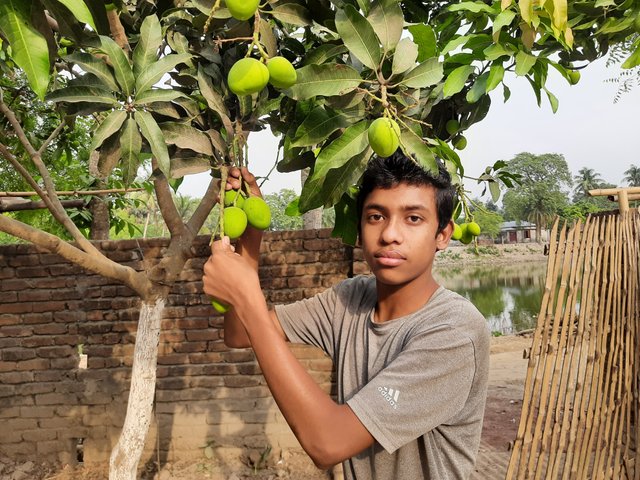
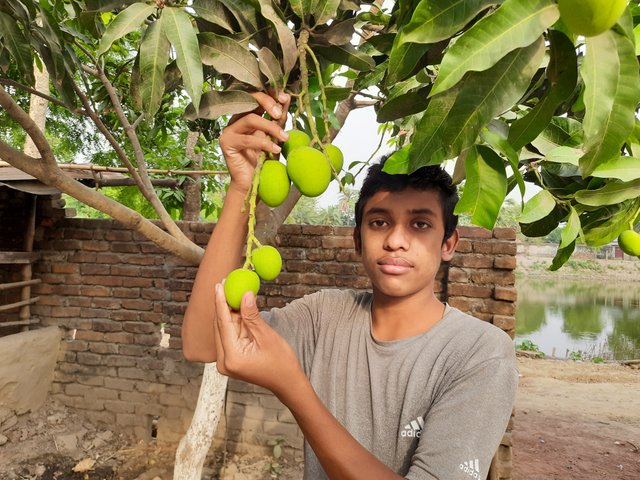
Mango
I am a delicious fruit.I have plenty of vitamins and minerals.Mango enhances the body's resistance to disease.Mango is very tasty to eat.There are different types of mangoes.
- Alphonso Mangoes
- Kesar Mangoes
- Dasheri Mangoes
- Himsagar and Kishan Bhog Mangoes
- Chausa Mangoe
- Badami Mangoes - North Karnataka
- Safeda Mangoes
- Bombay Green Mangoes
- Langra Mangoes
- Totapuri Mangoes
- Neelam Mangoes
- Raspuri Mangoes
- Malgoa/Mulgoba Mangoes
- Lakshmanbhog Mangoes
- Amrapali Mangoes
- Imam Pasand Mangoes
- Fazli Mangoes
- Mankurad Mangoes
- Mallika Mangoes
- Gulab Khaas Mangoes
- Vanraj Mangoes
- Kilichundan Mango
- Rumani Mangoes
- Paheri/Pairi Mangoes
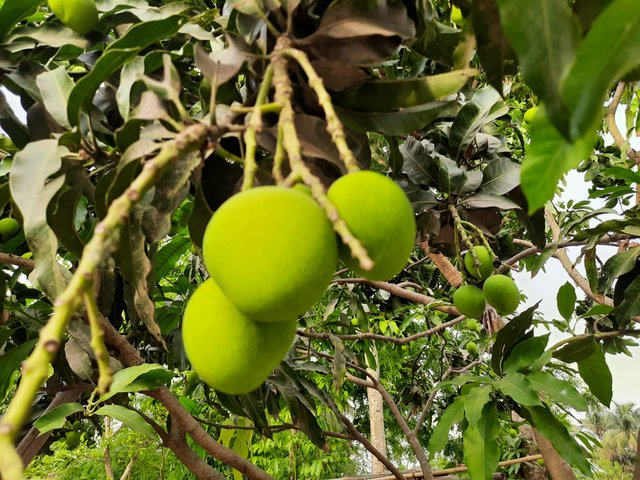
Alphonso Mangoes
Available during mid-July, Alphonso Mangoes are internationally loved for their sunshine yellow appearance and delightful taste. Named after Afonso de Albuquerque, this voluptuous king of the mangoes is one of the most consumed varieties of mangoes in India among mango lovers. Ratnagiri and its neighbouring regions in Maharashtra are known to be one of the finest and exclusive hotspots for mango-lovers, widely famous for their Alphonso mangoes.
Kesar Mangoes
Kesar mangoes owe their name to their saffron appearance and heavenly taste. This variety, highly renowned for their distinct sweet flavour, is considered to be the 'Queen of Mangoes'. Girnar Hills of Junagadh, Gujarat are famous for their Kesar mangoes. Situated at 320 km from Ahmedabad, these hills are accessible by road and rail network. Available from May to July, Kesar mangoes are sought after as an ingredient for exotic dishes.
Dasheri Mangoes
The land of Nawabs is equally famous for its royal mangoes. Lucknow, along with its adjoining towns, is widely known for its mango belt of North India. Available from mid-May to late August, Dashehari mangoes grown here are easily distinguishable from other varieties of mangoes in India by their green peels and wholesome taste.
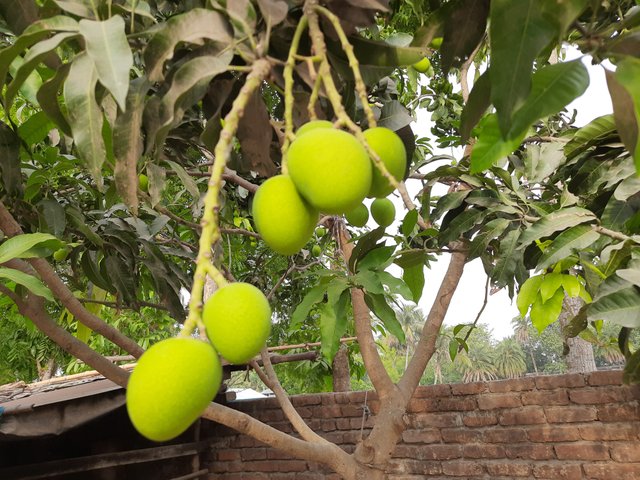
Himsagar and Kishan Bhog Mangoes
One of the Nawabi cities of West Bengal, the city of Murshidabad, is famous for its vast variety of delicious mangoes. Around 230 km from Kolkata, this city is easily accessible by roadways as well as railways. Well known for types like Kishan Bhog, Himsagar, Nawabpasand and Begumpasand, Murshidabad is an important producer and exporter region of India. Himsagar mangoes are found from May to Early June.
Chausa Mangoe
Hardoi along with its adjacent regions in Uttar Pradesh is another hotspot for mango-lovers. Around 112 km from Lucknow and accessible by road network, Hardoi is famous for Chausa variety of mangoes. Available in the months of July and August, these mangoes fall under the 'sucking' category and are exclusively famous for their yellowish colour and aroma.
Badami Mangoes
The northern part of Karnataka is famous for its Badami variety of mangoes. Their delicious taste can be stated from the fact that Badami is also called the Karnataka-Alphonso in the neighbouring areas. They are usually available from May to July.
Safeda Mangoes
Safeda or Banganpali or Benishan Mango is a popular fruit in several regions in Andhra Pradesh; especially in Banganpalle town, which is evident from its name. Often called as ‘The King of Mangoes in South India’, this fruit is significantly larger than other varieties of mangoes commonly sold mid-season in the market and on average weighs about 350 - 400 grams. Exhibiting meaty texture, the thin and firm skin of this mango is sweet in taste and lacks fibre. Moreover, Safeda Mango is known to be rich in Vitamin A and C so it is good for health.
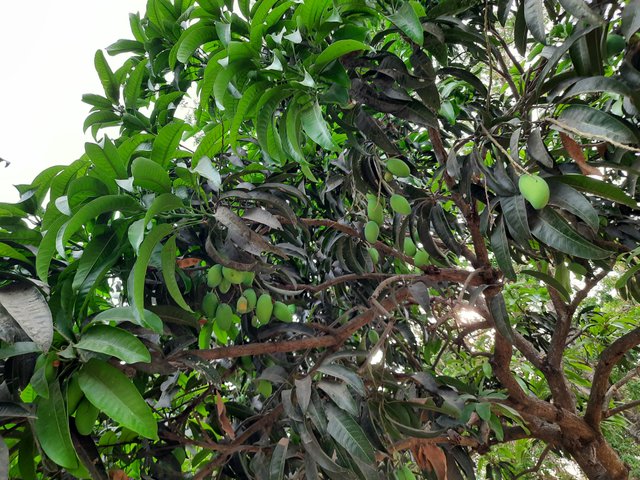
Bombay Green Mangoes
Sadda Punjab is another hotspot for mango-lovers, famous for its Bombay Green Mangoes. These medium-sized green mangoes, available from May to July, never fail to attract their lovers from distant places.
Langra Mangoes
Famous for its Langra variety of mangoes, Varanasi is a renowned hotspot for mango-lovers in India. Natives narrate the tale of a farmer who cultivated this variety of mangoes. Banarasi Langra mangoes, available in June-July are known for their lemon-yellow skin tone and equally delicious taste.
Totapuri Mangoes
The electronic city of India, Bangalore, is famous for its Totapuri mangoes, also known as Bangalora or Sandersha mangoes. The city's medium-sized greenish yellow mangoes are a mango-lovers delight! Available from May to July, Totapuri is also one of the significant varieties of mangoes in our country with a distinct taste and aroma
Neelam Mangoes
Although grown in almost all parts of India, the tastiest and distinct variety of Neelam mangoes comes from the state of Andhra Pradesh during May and July. Compared to other mangoes, Neelam Mangoes have a specific sweet smell and are usually smaller with the mangoes being a bit on the orange side of colour.
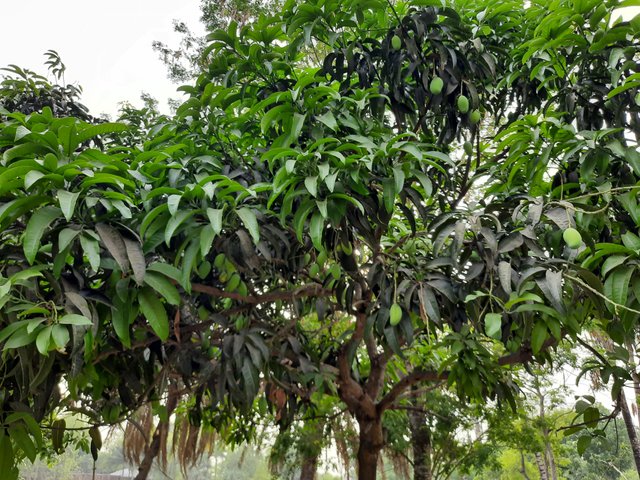
Raspuri Mangoes
Predominantly cultivated in the southern state of Karnataka across Bangalore, Kolar, Ramanagara and more during May and June, Raspuri Mangoes are an extremely popular variety of mangoes. Distinguished by its oval shape and its skin which is almost inedible, the Raspuri Mango can beat any other mango in terms of taste and juice per fruit if cultivated and harvested at the right time.
Malgoa/Mulgoba Mangoes
Malgoa or Mulgoba mangoes are known for their almost round shape and surprisingly thick skin. Mostly grown around parts of Tamil Nadu especially Salem, in its peak season of July and August, the Malgoa mango is big and rich in pulp and juice. It is generally considered to be one of the best mango varieties in the world.
Lakshmanbhog Mangoes
Exclusively grown in the Malda district of West Bengal, Lakshmanbhog mangoes are usually available in the months of June and July. With a gleaming golden reddish skin and the right amount of sweetness, these mangoes were individually chosen by the West Bengal government to be exported to the United States.
Amrapali Mangoes
Amrapali Mangoes are a hybrid variety created in 1971. A cross breed between Dasheri and Neelam Mangoes, Amrapali is grown in farms and orchards across India and is known for its deep red flesh once fully ripe but has a relatively short shelf life compared to other commercial variety of mangoes.
Imam Pasand Mangoes
Grown in parts of Telangana, Andhra Pradesh and Tamil Nadu and available in the months of May and June, Imam Pasand is considered to be more of an exclusive and known as the King of Mangoes for its unique taste. With soft skin, distinct after-taste and an incredible flavour, Imam Pasand is truly the King of Mangoes.
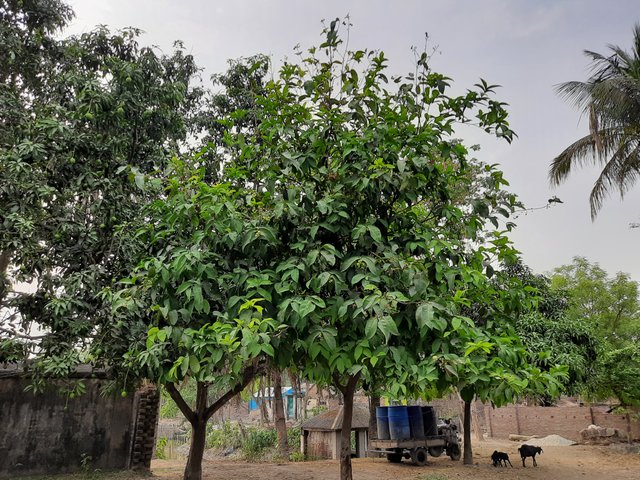
Fazli Mangoes
Known for being relatively larger than the other mangoes with lots of pulp, the right amount of sweetness and each of them going up more than a kilo, Fazli Mangoes are mostly grown in the city of Malda in West Bengal.
Mankurad Mangoes
The most popular among mango varieties in Goa, Mankurad is a mid-season fruit with very less fibre, naturally perfectly sweetened and known among Mango connoisseurs to be better than the all-famous Alphonso Mangoes. Usually, these mangoes are available in the local markets as early as April.
Mallika Mangoes
Known for its exceptional sweetness with tinges of honey, citrus and melon, Mallika Mangoes are a hybrid of Neelam and Dasheri mangoes. Usually available in the markets relatively later than other mangoes during June and July, these mangoes are high quality fiberless orange-ish coloured fruit
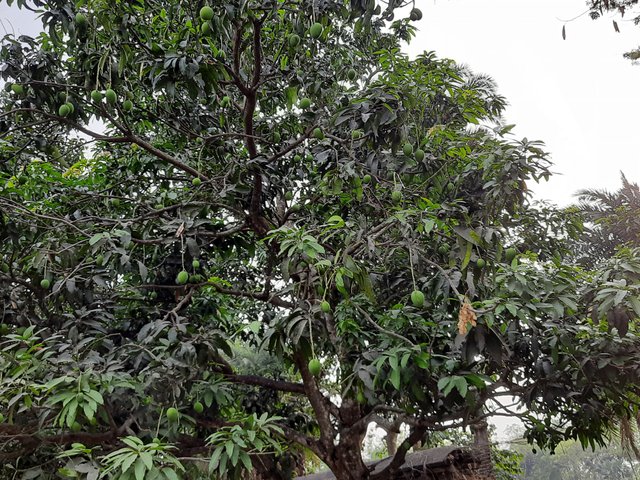
Gulab Khaas Mangoes
As the name implies, Gulab Khaas Mango is a delectable fruit that exhibits rosy flavour and tastes that mango lovers are bound to love. This fruit has a blushing pink or red skin and it is often used to prepare mango based desserts given it has a non-fibrous pulp. Available between May and June, Gulab Khaas mangoes are relatively small in size and are sold in abundance in states such as Bihar, West Bengal, and Jharkhand
Vanraj Mangoes
Vanraj Mangoes constitutes a rare variety of mangoes that are sold in Gujarat; especially in the Vadodara city. Due to high demand, the prices of this fruit are generally a bit higher than average. Vanraj Mango is typically oval in shape resembling the figure of an egg but slightly larger than it. With its skin sporting a reddish-tint on the upper side, it almost appears as if the rare fruit is blushing. Also, since it is among the mid-season variety of mangoes, Vanraj mangoes have excellent keeping quality which contributes to the high number of people that are fans of it.
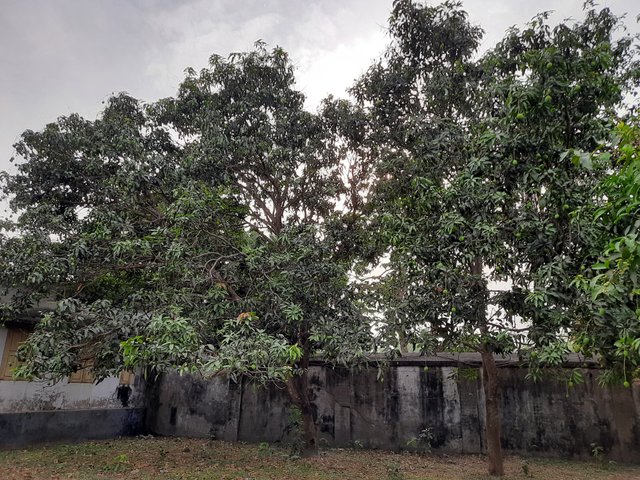
Kilichundan Mango
Kilichundan Mangoes are relatively large in size and are sold in large quantities in various regions of Kerala. The name of this fruit has derived from the fact that its end resembles the beak of the bird and this is exactly what Kilichundan means in the Malayalam language. One will find that its tropical tree is medium in size and bears a lot of greenish-yellow mangoes. Furthermore, this fruit is used in a lot of households and restaurants in order to prepare delicious curries and pickles.
Rumani Mangoes
Sold in abundance in Tamil Nadu and a few other regions in Chennai, Rumani Mangoes sport greenish-yellow skin that offers splendid flavour and juicy texture. This fruit is extremely rich in carotenoids which is a predecessor of Vitamin A and Vitamin E and hence is good for one’s health. Also, apart from devouring this yummy fruit in raw form, people now also consume Rumani Mangoes in the form of smoothies, jellies, ice creams, jams, and yoghurts
Paheri/Pairi Mangoes
Endorsed by local shopkeepers in Gujarat as pure honey, Pairi Mangoes are usually available early in the mango season during April and July. Although not as sweet as honey, a bite of this mango is very distinct with its noticeable sourness and sweetness altogether.
Thousands of varieties of mango
No matter how many types of mangoes there are in Bangladesh, it is not possible for anyone to recognize them. There was once a lot of native varieties of mango in this country. Researchers once compiled a list of about 1,650 varieties of mango in the Indian subcontinent. There are still thousands of varieties of mangoes in this diverse world of mangoes in this country. 75 varieties of mango were displayed in the national fruit exhibition which ended a few days ago in Dhaka. Each variety of mango has different characteristics like appearance, color, form, smell, taste, sweetness etc. Many local varieties of mango can be found in Shibganj upazila of Chapainawabganj. Bholahat and Gomstapur also have many varieties of native mangoes. Kshirbhog, Mohanbhog, Rajbhog, Ranibhog, Ranipachand, Sindura, Subarnarekha, Kuyapahari, Nak Fazli, Fazli, Chini Fazli, Surmai Fazli, Chini Mishri, Jagatmohini, Rakhalbhog, Rangaguri, Gobindbhog, Tobapuri ,,,,,,,,,,,,,,,,,,,,,, , Mallika, Begumbahar, Pujaribhog, Palakpuri, Rajalakshmi, Dudhkumari, Shyamalata, Khattashe, Jaona, Dammishari, Mishri Mala, Michribasanta, Mesovulani, Anwara, Funia, Golapbas, Batasabhog, Itakali, Golbas, Mangoes of Badshapchanda, Begumpachanda, Rajapachanda, Bankhasa, Baganpalli, Kaliguti, Pakchara, Kaliabhog, Dudhsar, Kohitur, Kaligali, Handibhanga, Balisha etc. are still seen.
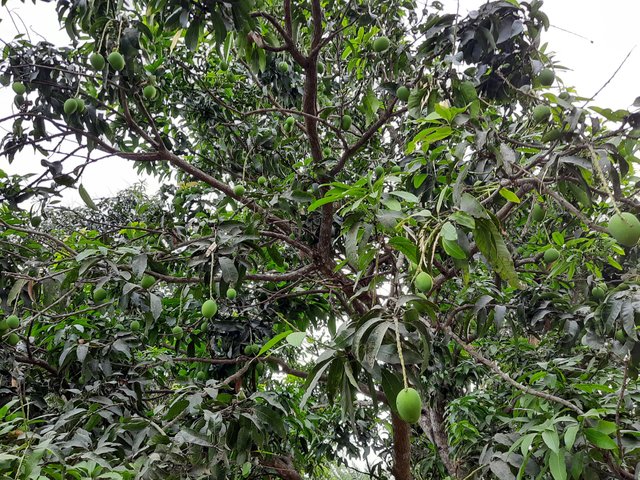
Modern and foreign varieties of mango
Many modern and foreign varieties of mango have now been associated with local varieties. But to be honest, the taste of those local or local varieties was different. Nowadays, you can't find sour or dried mangoes — everything is almost sweet and hairless. If you used to eat milk rice with the local lame mango, the smell of that mango would stick in your hand for a long time. Now there is no such strong aroma from the big modern Langra mango. The same goes for Khudi Khirsha and Khirsha or Khirshapati Mango. Although it is known as Kshirshapati in Chapainawabganj and Rajshahi region, it is actually a type of Himsagar variety. Mango is no longer as popular as Himsagar or Kshirshapati varieties in sweetness and taste
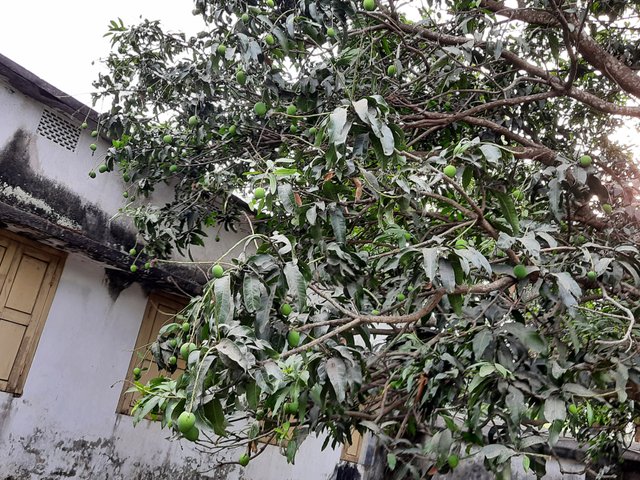
When does any mango come
Gopalbhog variety of mango is seen first in the season. Gopalbhog mango is medium in size, ripe mango is yellowish green in color, peel is not completely yellow when ripe, kernels are thin, no scales and sweet. Then came Himsagar or Kshirshapati mango. Mangoes of this variety also turn yellowish green when ripe, sometimes dirty yellow, medium in size, orange peel, very sweet, fragrant and delicious. This seems to be the best mango. The real place of Khirshapati mango is Chapainawabganj. Then lame. Langra mango is a very rectangular round, light green peel, it does not turn yellow even when ripe, the shell is thin, yellow shell, if it is not ripe well, it can scratch the face. The lame mango has a reputation for sweetness. Lakshmanbhog or Lakhna mango is also available at this time. When ripe, this variety of mango becomes bright yellow, reddish in color near the stem. For this reason it is also called colorful mango. The smell is good. Lakhna mango is found in Rajshahi.
Later, broken mangoes were grown. This variety of mango is found in Rangpur region. Even though the full season is over, there are some more varieties of mangoes in the trees and in the market. Amrapali has already become the queen of mangoes as a nabi variety. Some people say Rupali Mango, in fact Amrapali. Amrapali was the best dancer of ancient India. That is why this mango of the best variety has been named Amrapali in his honor. Amrapali mango peel is smooth or oily, small to medium size mango, ripe mango is yellowish green, tip is slightly narrow, shell is orange and very sweet, ripe amrapali mango can be kept indoors for several days. Amrapali mango is found all over the country. Amrapali is now widely cultivated in hilly areas as well. Fazli and Ashwina are still popular as Nabi caste. In fact, half of the mangoes in Chapainawabganj are Ashwina. Nabi-born Ashwina is dark green in color and Fazli mango is green in color. Ashwina mango tastes sour-sweet, Fazli tastes big mango with sweet taste. Now Nabi variety is popular among many as mango. Medium-sized Bari Mango-4 variety and Gauramati are becoming very popular. These two varieties of mango are succulent and beautiful in appearance. Three times a year, many people have become interested in cultivating Bari Mango-11 and Katiman variety in Thailand. Hopefully, in a few years we will be able to buy this variety of mango from the market. There are many small and big mangoes in this country. Ripe katimon yellow fragrant sweet. The largest varieties of mangoes in the country are Brunei King, Balisha, Arajan, Bombay Fazli etc. Brunei King Mango is tall, has a narrow face and weighs three to four kilograms. Fazli mango is also big, a mango weighs one to one and a half kg.
We produce a lot of mangoes every year.We produce almost all types of mangoes.
We earn a lot of money by selling mangoes.We grow mangoes on 10 to 12 bighas of land.I like to eat mango a lot.When we sell mangoes, we give mangoes to everyone around us so that they can eat our mangoes.
THANK YOU FOR VISITING ME, SEE YOU SOON.










Beautiful photos!
I love mangoes! I tried different sorts in Thailand where I lived for a while. Unripe mango is also tasty :)
Hello! :) I really love mango, in Russia it is quite expensive and it is almost impossible to find ripe ones) thanks for the very detailed story)
Thank you